6 things to know about the Arctic Circle Singapore Forum
Sign up now: Get ST's newsletters delivered to your inbox
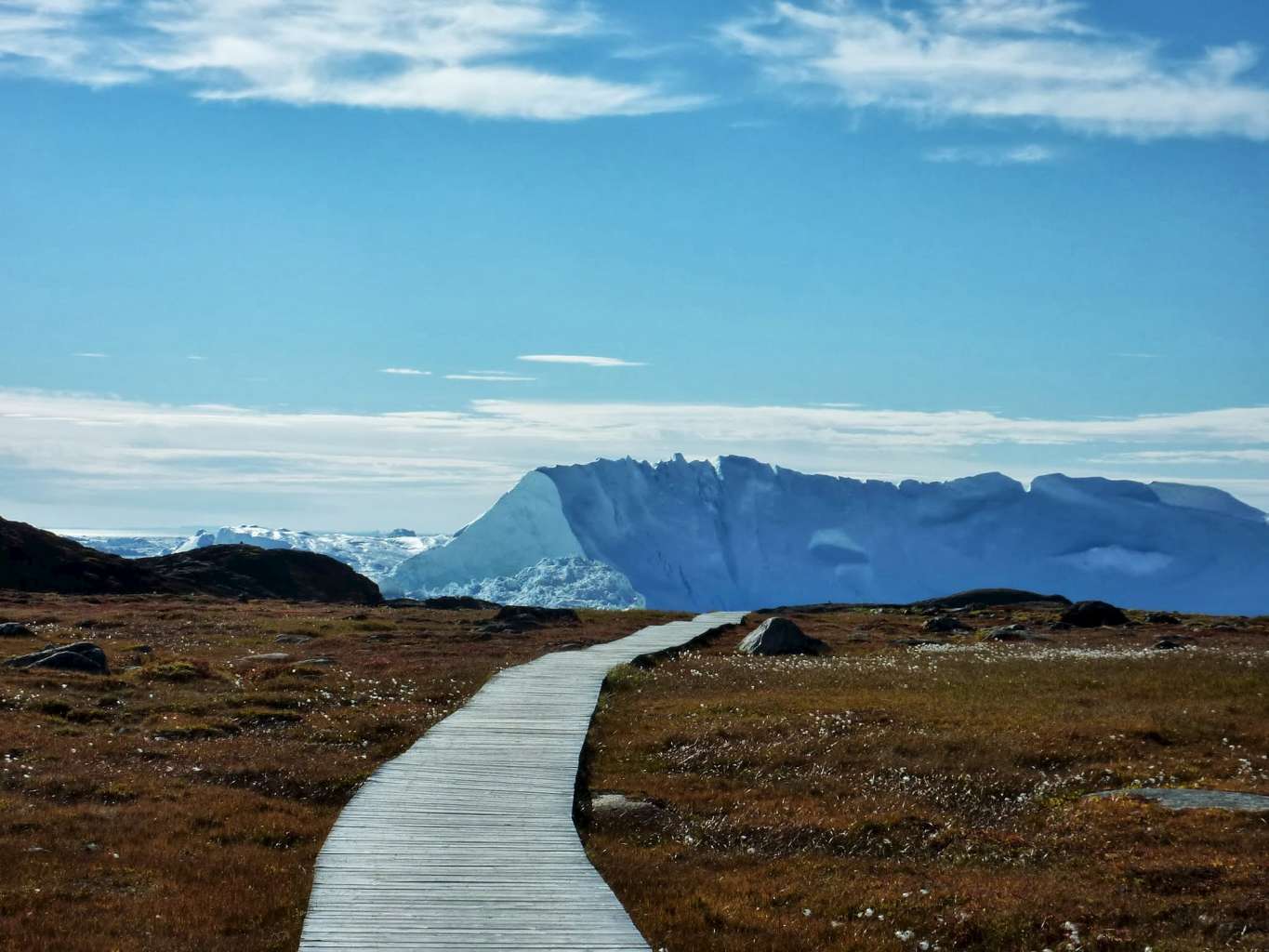
An Inuit village in Greenland.
PHOTO: REUTERS
Lee Min Kok
Follow topic:
SINGAPORE - Iceland President Olafur Ragnar Grimsson's maiden visit to the Republic also coincides with the first Arctic Circle Singapore Forum, which met on Thursday (Nov 12) at the Marina Mandarin.
Among the topics discussed during the forum: governance of sea routes in the icy northern region, the future of Arctic infrastructure and ocean science and research.
But what exactly does sunny Singapore - located 137km above the Equator and more than 7,000km away from the northernmost part of the world - have in common with the bitterly cold Arctic?
Here are six things to know about the forum and Singapore's seemingly improbable involvement with the Arctic Council, which The Economist famously described in 2013: "Sometimes, a small event gives you mental whiplash."
1. Singapore is "part" of the Arctic Council
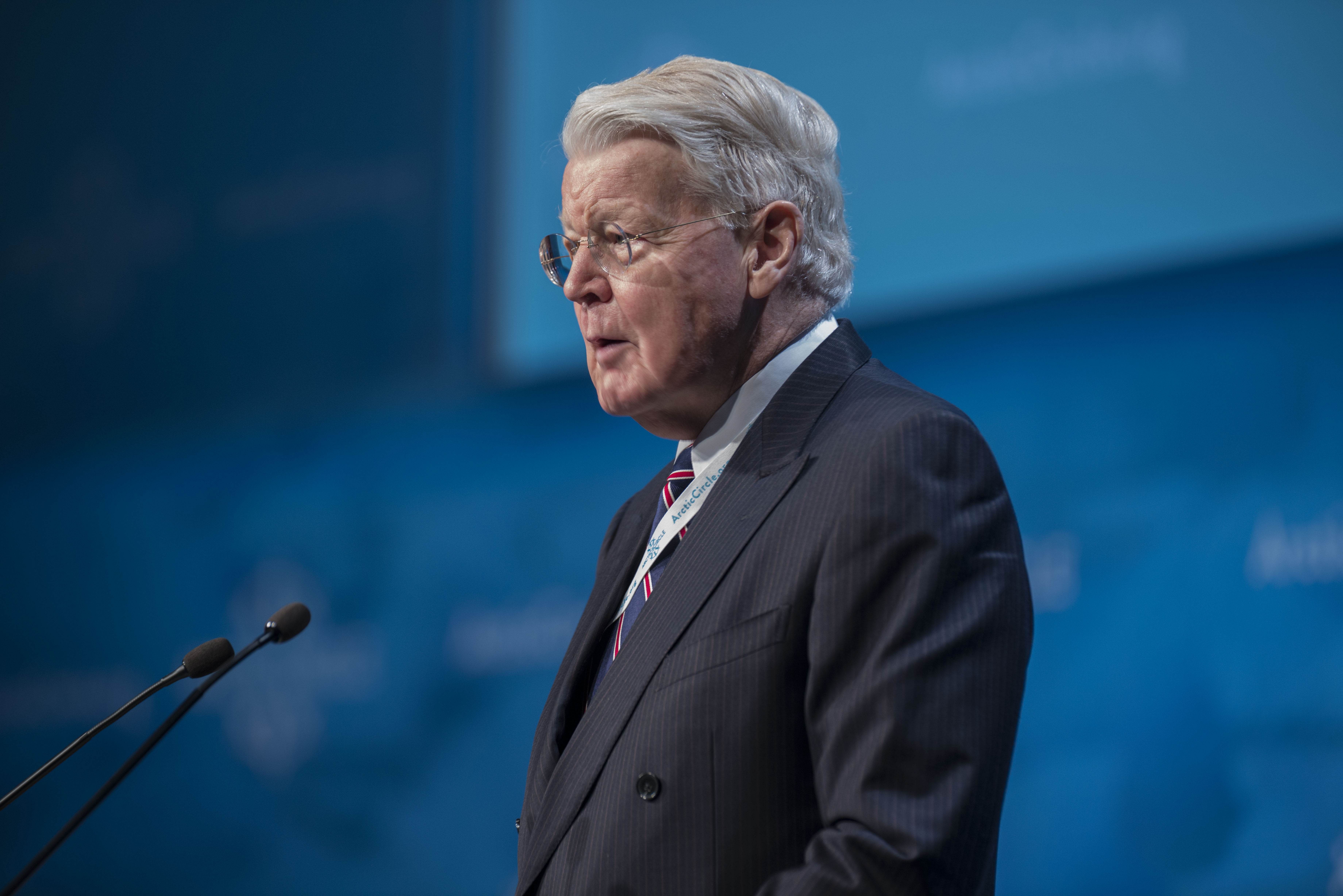
Set up in 1996, the council convenes for a high-level forum every six months to address a range of issues in the region and is made up of the eight countries that have territory in the Arctic - Canada, Denmark, Finland, Iceland, Norway, Russia, Sweden and the United States.
But non-Arctic countries can be granted permanent observer status, which gives them access to Arctic Council meetings and the right to propose and finance policies.
Singapore gained observership status in May 2013 and it is one of 12 countries, along with Asian giants China, India, Japan and South Korea, with the position. The Republic attended its first council meeting as permanent observer at a three-day meeting on Oct 22, 2013.
2. Why is Singapore interested in Arctic matters?
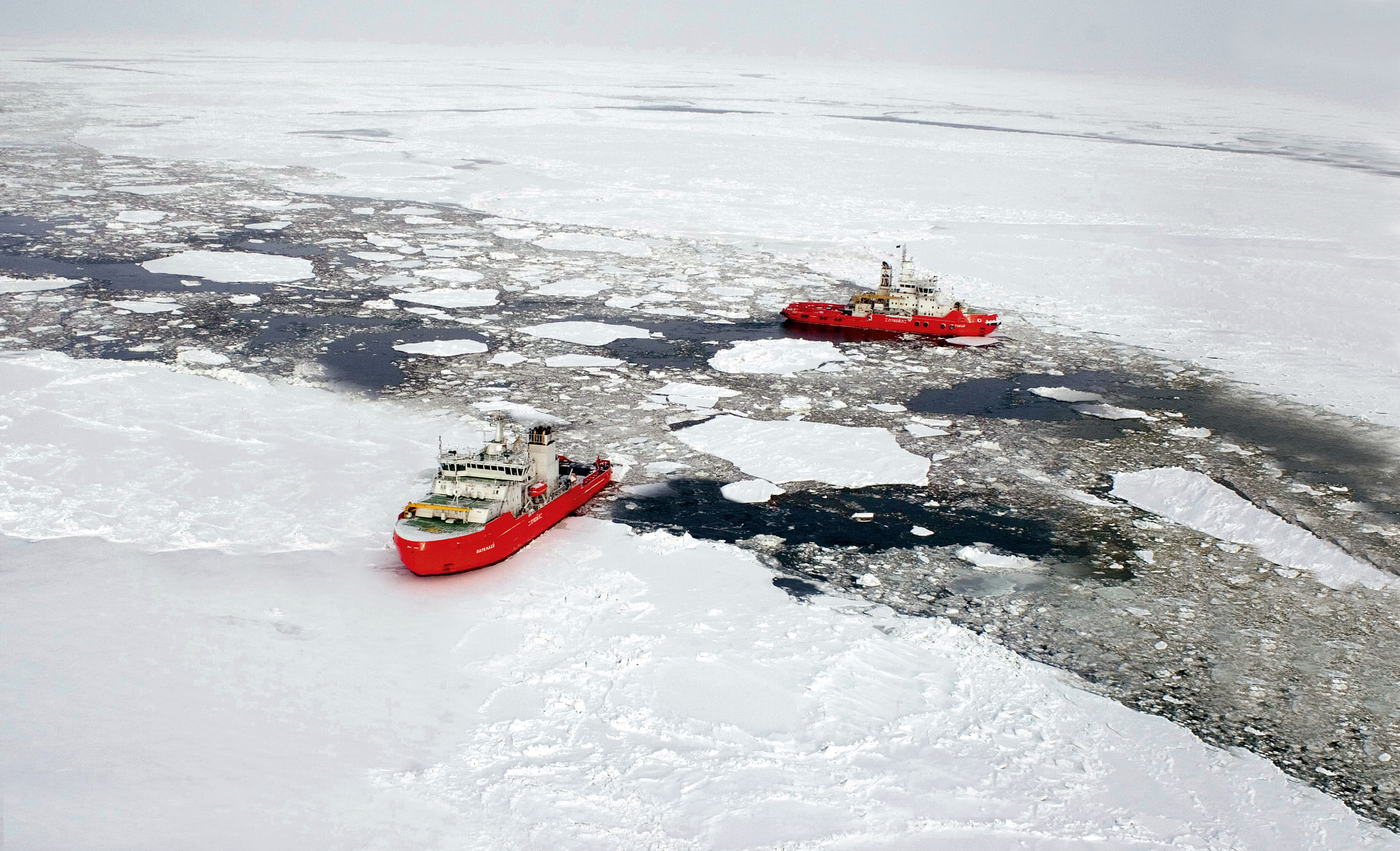
When the Republic first applied for permanent observer status in 2011, one of its primary concerns was of the fast-melting polar ice, which might erode its position as one of the world's busiest ports. Admission into the Arctic Council would allow the Republic to gain insights into the signficant changes in the Arctic region.
At present, Singapore is a key shipping node on the sea trade route via the Suez Canal, a 193km passage between the Red Sea and the Mediterranean. The trip takes about 45 days, but the new Arctic sea route, called the Northern Sea Route, bypasses Singapore and cuts short the journey by 11 days should it become commercially viable in the future.
Another benefit of having a toehold in the Arctic is the advantage for Singapore businesses seeking opportunities up north. According to estimates by the United States Geological Survey, the Arctic holds 30 per cent of the world's undiscovered gas and 13 per cent of its oil.
3. The annual Arctic Circle Assembly is into its third year
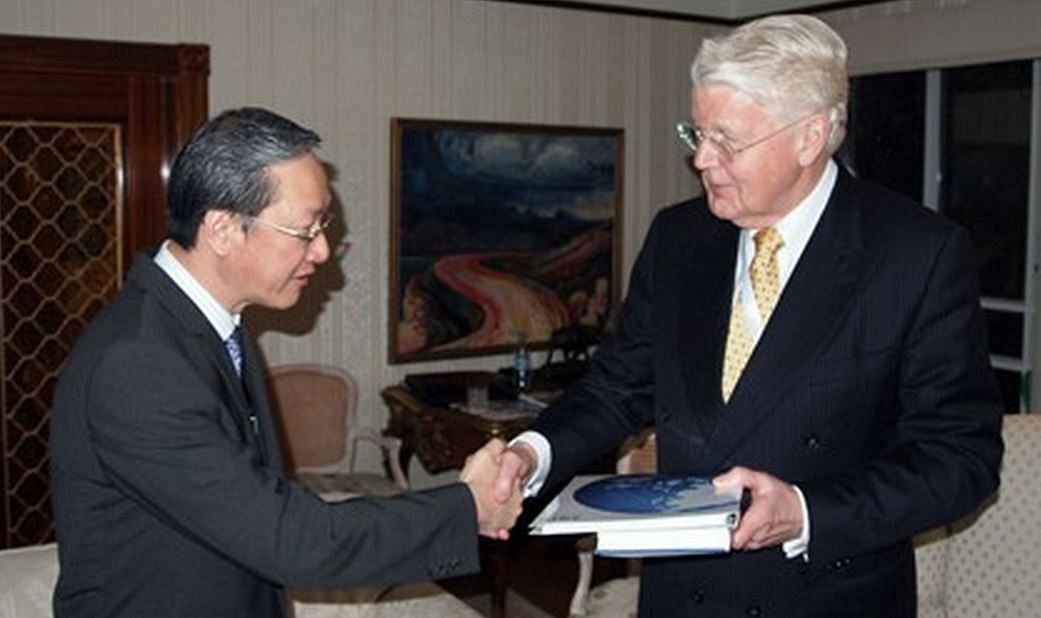
Mr Sam Tan (left) shaking hands with Iceland's President Olafur Ragnar Grímsson in Reykjavik on Oct 12, 2013.
PHOTO: MFA
The Arctic Circle is a non-profit organisation co-founded by Mr Grimsson in 2013 to facilitate global discussion on Arctic matters. The annual Arctic Circle Assembly is held every October in Reykjavik, Iceland. It also convenes smaller and more specialised forums in other countries, such as the current one in Singapore.
A Singapore team led by then-Senior Parliamentary Secretary for Foreign Affairs Sam Tan attended the inaugural assembly, which saw over 1,000 participants from more than 40 countries, in 2013 where he spelt out the Republic's strategy of giving to (and not taking from) the Arctic.
Mr Tan spoke about how Singapore's use of energy-efficient methods can be applied to the Arctic environment; how the Republic has knowledge in regulating safe and responsible shipping; and also how Singapore is willing to help preserve the heritage of the Arctic indigenous communities.
4. The Economist had disparaged Singapore's application as a permanent observer

In a Feb 2, 2013, article, the paper said the Republic's application was an example of how "a small event gives you mental whiplash".
"Singapore sits at the equator, as far from either pole as it is possible to be. How can it be interested?" the article queried.
The Economist then went on to analyse the reasons how the Northern Sea Route could threaten Singapore's status as a global shipping hub. It noted that the melting of the Greenland glaciers could even threaten the island's existence, given that Bukit Timah, Singapore's highest point, was only 164m above sea level.
5. Singapore is an important stop on the world map for Arctic birds
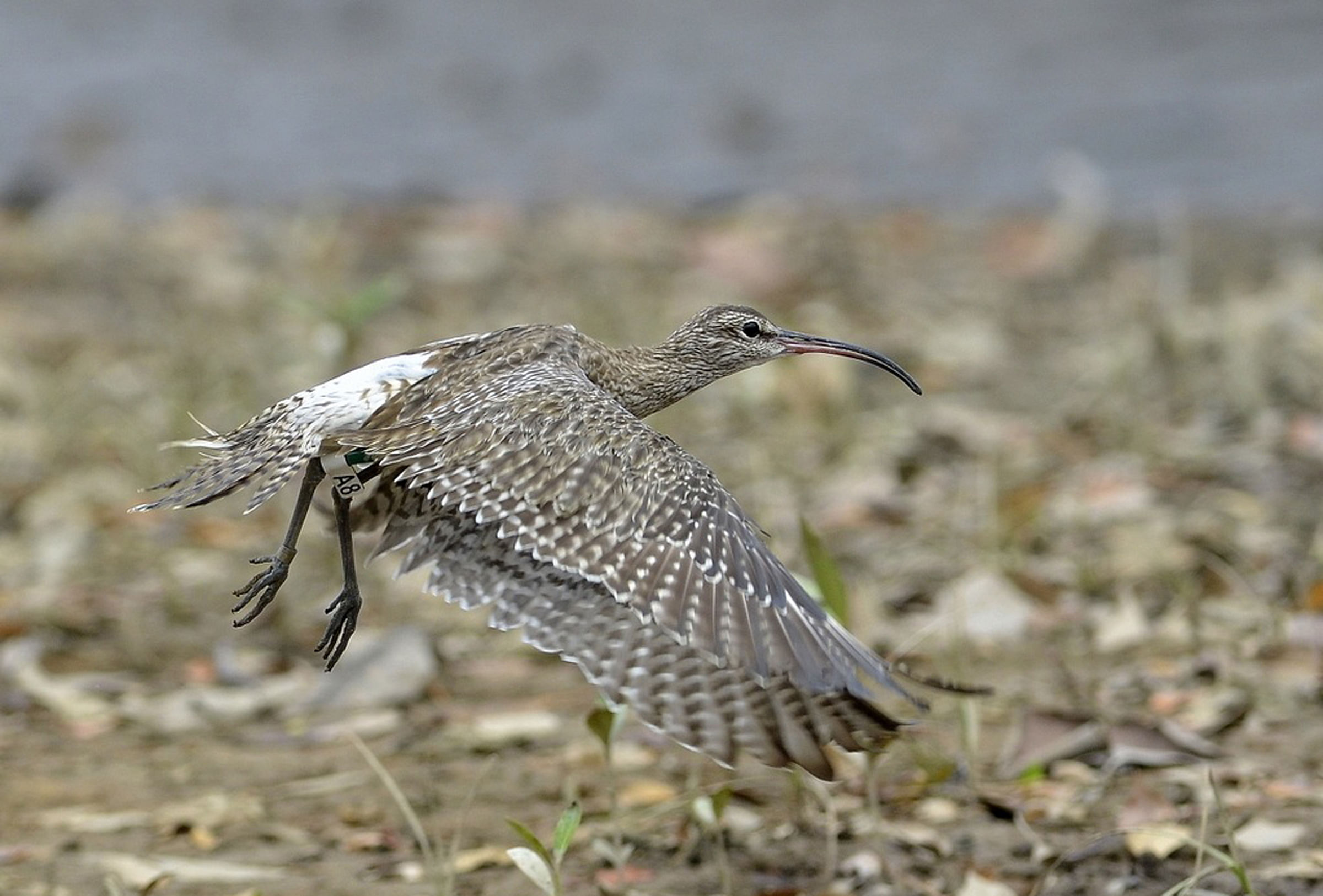
Despite the vast geographical distance, Sungei Buloh Wetland Reserve - and to a lesser extent, Pulau Ubin - plays host to migratory Arctic birds, like the Arctic Warbler, that fly south during winter. They are commonly seen on here between September and November.
Another bird, the Whimbrel, migrates from Arctic Russia and North America to Australia and New Zealand, with Singapore a critical pit stop on its journey.
One such bird set a record for the longest time between one sighting and the next of a Whimbrel in Singapore. It was spotted in January 2014, 19 years after it was tagged for identification purposes in 1995.
6. Educating Singaporeans about the Arctic
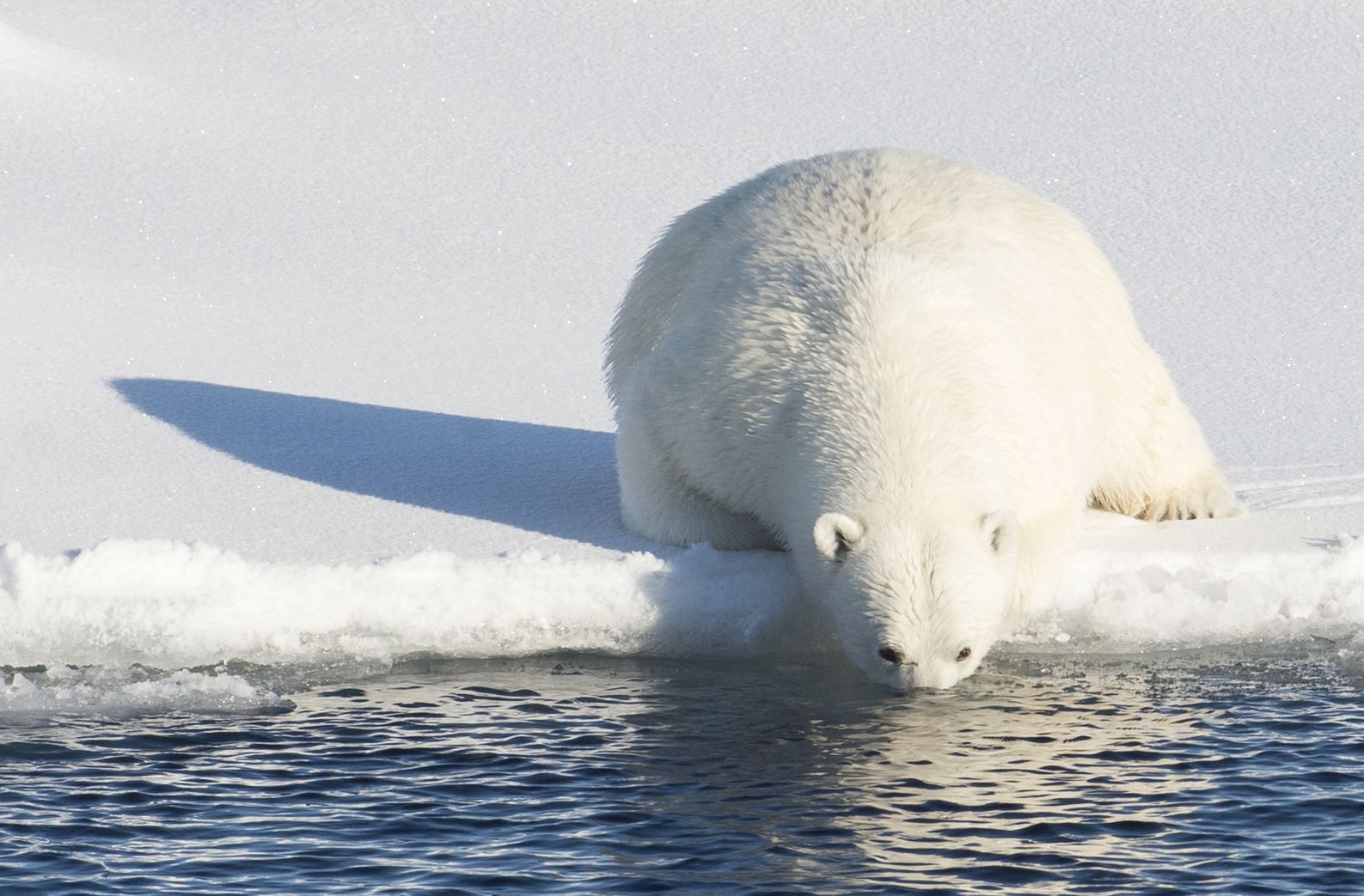
In keeping with the chilly theme, an exhibition which highlights the relationship between the Arctic and Singapore is currently on show at the Science Centre Singapore till Dec 11.
Called Explore The Arctic - Past Present And Future, it is a collaboration between The Royal Norwegian Embassy, Science Centre and the Ministry of Foreign Affairs, and also a SG50 gift to Singapore from Norway to celebrate Singapore's identity as an "Arctic nation".
Highlights include information on the Arctic's ecosystem and animal life, climate change and two famous polar explorers.
Sources: The Straits Times Archives, The Economist, Arcticcircle.org, Arctic-Council.org

